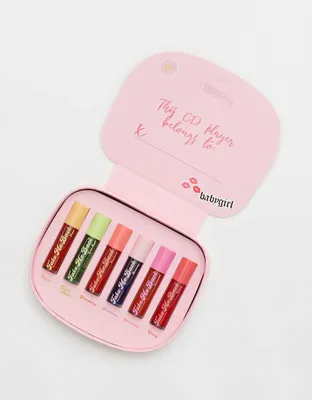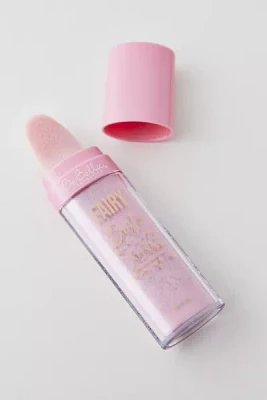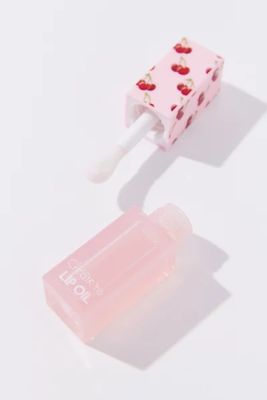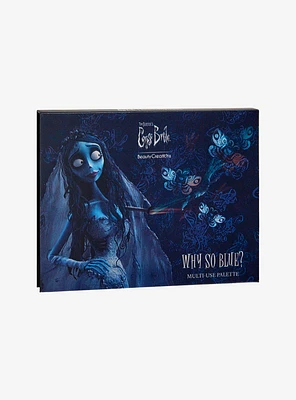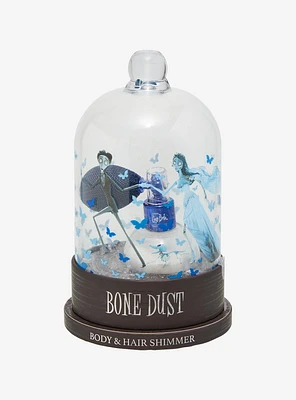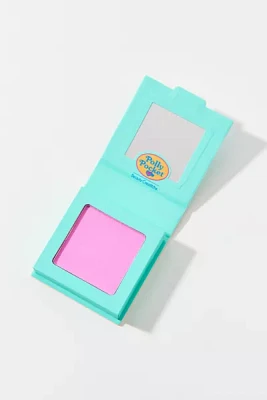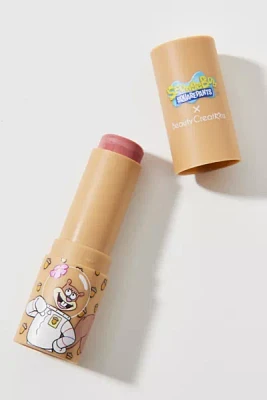Home
The Psychology of Beauty: Creation a Beautiful Self
Loading Inventory...
Barnes and Noble
The Psychology of Beauty: Creation a Beautiful Self
Current price: $114.00
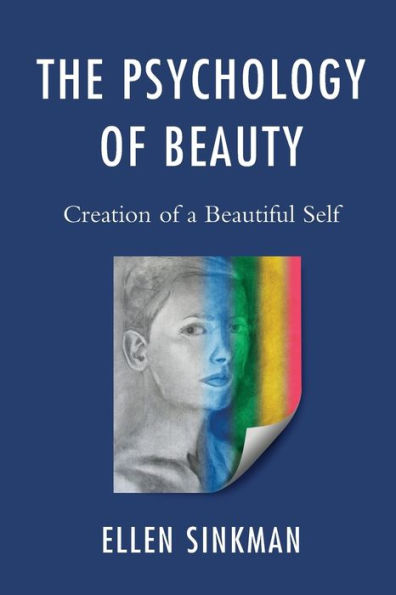

Barnes and Noble
The Psychology of Beauty: Creation a Beautiful Self
Current price: $114.00
Loading Inventory...
Size: Hardcover
*Product Information may vary - to confirm product availability, pricing, and additional information please contact Barnes and Noble
Beauty is often an invisible yet potent presence in clinical work. The Psychology of Beauty: Creation of a Beautiful Self, by Ellen Sinkman, LCSW,addresses the vital importance of beauty, its sources, and manifestations in everyone’s lives—including psychotherapy patients. The ability to be mesmerizingly beautiful and beautifully creative, strivings toward mastering beauty, and wishes to be transformed are universal desires. During psychotherapy, patients manifest or defend against these forces. So it is striking that patients as well as therapists often overlook or dismiss issues about creating beauty in themselves.The book introduces this seeming contradiction with the ancient myth of Pygmalion and his sculpture of a beautiful woman. These enduring mythic figures represent the wish to emerge as a beautiful being and the wish for the power to create beauty in another. Patients in psychotherapy often pursue these elusive goals outside clinical work, rather than within treatment. Manifold venues enticingly promise reinvention. These activities may involve plastic surgery, beauty salon make-overs, diet gurus, elocution coaches, tattooing, and athletic training. Seekers of beauty engage with people whom they see as agents offering them ravishing physical or charismatic attractiveness. Psychotherapists may or may not be among agents seen as having the power to transform.The quest for beauty is widespread and in many instances non-pathological. Sinkman looks at multiple avenues of understanding and appreciation of efforts toward beauty, including artistic creativity and political activities. However there is a spectrum of investment in creating beauty. Pursuing beauty can become pathological. Therapists need to watch out for its appearance outside the psychoanalytic arena. Such material can be missed when the analyst falls into counter-transference difficulties such as feeling invested in transforming the patient, identifying with the patient’s narcissistic injuries and/or needs to compete, or enacting battles with the patient. Such difficulties interfere with attunement to patients’ experiences. The Psychology of Beauty considers definitions of beauty, gender identity themes, and origins of beauty in the mother-infant relationship. It investigates ugliness, sadomasochistic beauty pursuits, evolutionary factors, and aspects of aging. The book highlights emerging clinical material which has yet to gain notice and suggests what analysts may be missing, and why.


